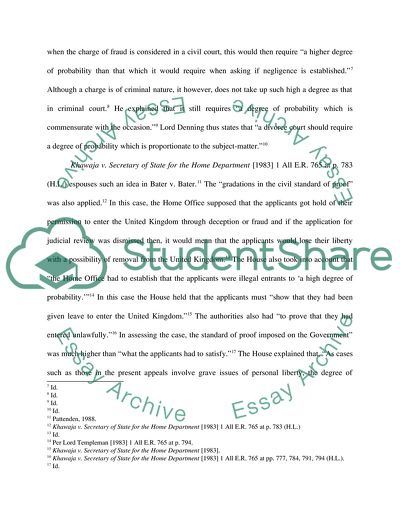Cite this document
(Two Standards of Proof in English Law Case Study, n.d.)
Two Standards of Proof in English Law Case Study. Retrieved from https://studentshare.org/law/1734297-there-are-more-than-two-standards-of-proof-in-english-law-critically-assess-the-statement-by-making-reference-to-relevant-case-law
Two Standards of Proof in English Law Case Study. Retrieved from https://studentshare.org/law/1734297-there-are-more-than-two-standards-of-proof-in-english-law-critically-assess-the-statement-by-making-reference-to-relevant-case-law
(Two Standards of Proof in English Law Case Study)
Two Standards of Proof in English Law Case Study. https://studentshare.org/law/1734297-there-are-more-than-two-standards-of-proof-in-english-law-critically-assess-the-statement-by-making-reference-to-relevant-case-law.
Two Standards of Proof in English Law Case Study. https://studentshare.org/law/1734297-there-are-more-than-two-standards-of-proof-in-english-law-critically-assess-the-statement-by-making-reference-to-relevant-case-law.
“Two Standards of Proof in English Law Case Study”, n.d. https://studentshare.org/law/1734297-there-are-more-than-two-standards-of-proof-in-english-law-critically-assess-the-statement-by-making-reference-to-relevant-case-law.


